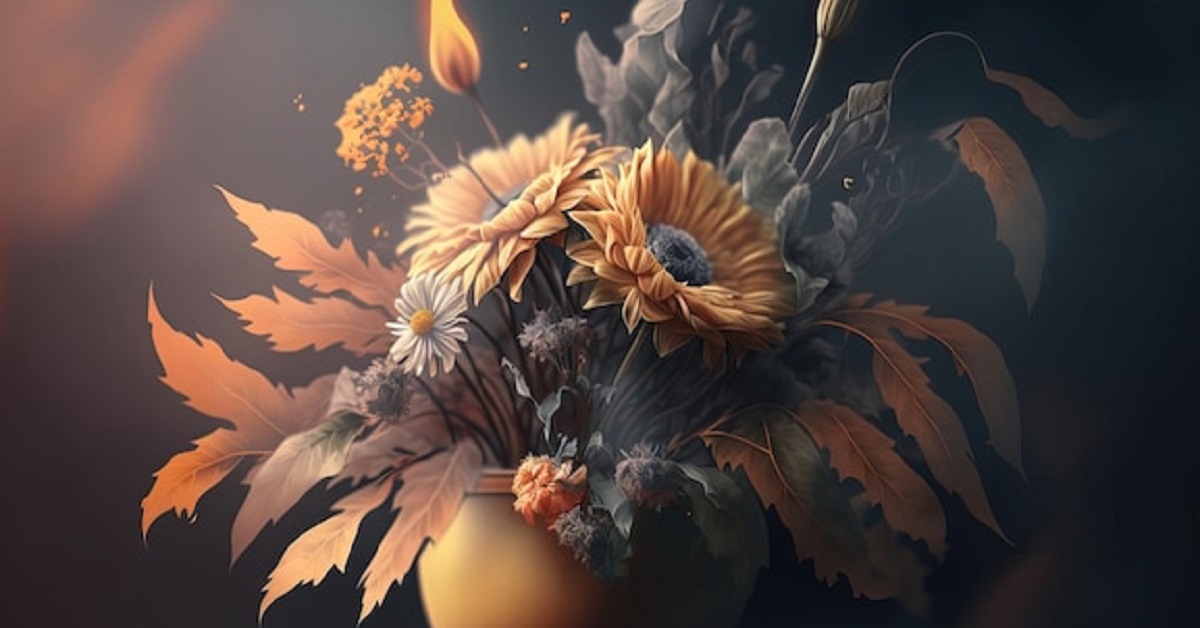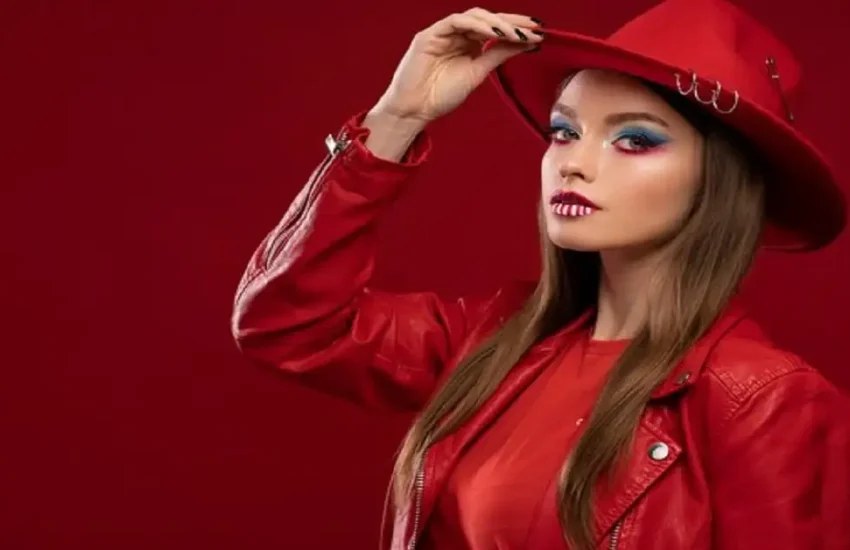Aesthetic: Nigrletccy4 = Art
Introduction
Art is a dynamic and multifaceted domain that continually evolves, challenging conventions and reinterpreting aesthetics. One of the more recent and intriguing movements is “Nigrletccy4,” an avant-garde approach that merges elements of traditional aesthetics with modern digital influences. This movement encapsulates a radical transformation in the understanding and creation of art, emphasizing an interplay between technology, culture, and individual expression.
Origins and Development
Historical Context
To comprehend Nigrletccy4, it’s essential to examine the historical trajectory of art movements that have paved the way for this new aesthetic. From the Renaissance’s emphasis on realism and humanism to the abstract expressionism of the 20th century, each era has contributed to expanding the boundaries of artistic expression. The digital revolution of the late 20th and early 21st centuries marked a significant turning point, introducing new mediums and tools that have profoundly influenced contemporary art.
Conceptual Genesis
Nigrletccy4 emerged as a response to the limitations perceived in both traditional and digital art forms. Artists within this movement sought to create a unique blend that honors the meticulous craftsmanship of classical art while leveraging the innovative possibilities of digital technology. The term “Nigrletccy4” itself is enigmatic, symbolizing the fusion of seemingly disparate elements into a cohesive aesthetic philosophy.
Core Principles and Characteristics
Integration of Digital and Traditional Techniques
One of the defining features of Nigrletccy4 is the seamless integration of digital and traditional art techniques. Artists often start with traditional mediums such as painting, drawing, or sculpture, and then digitize their work to manipulate and enhance it further using software tools. This process allows for an exploration of textures, colors, and forms that transcend the capabilities of either medium alone.
Emphasis on Individual Expression
Nigrletccy4 places a strong emphasis on individual expression and personal narrative. Unlike movements that adhere to a specific style or thematic focus, Nigrletccy4 encourages artists to delve into their unique experiences and perspectives. This results in a highly diverse body of work that can range from abstract compositions to hyper-realistic portrayals, unified by the underlying philosophy of personal authenticity.
Cultural and Technological Commentary
Art within the Nigrletccy4 movement often serves as a commentary on contemporary cultural and technological issues. Themes such as digital identity, the impact of social media, and the intersection of virtual and physical realities are prevalent. Artists use their work to explore and critique the rapid changes in society brought about by technological advancements, making Nigrletccy4 not just an aesthetic choice but also a form of social commentary.
Prominent Artists and Works
Case Studies
Artist: Elara Tate
Elara Tate is one of the most celebrated figures in the Nigrletccy4 movement. Her work combines intricate hand-drawn elements with digital manipulation to create surreal landscapes that explore the boundaries between reality and virtuality. Tate’s piece “Virtual Horizon” is a quintessential example, featuring a traditional oil painting of a seascape overlaid with digital glitches and holographic effects, symbolizing the encroachment of digital elements into our natural world.
Artist: Miguel Azevedo
Miguel Azevedo’s work in Nigrletccy4 revolves around the human form and identity. His series “Digital Flesh” features hyper-realistic portraits that are digitally altered to include elements like circuit patterns and pixelation, reflecting the blending of human and digital identities. Azevedo’s art questions the nature of identity in an age where the digital self can often overshadow the physical.
Notable Works
– *”Echoes of Time” by Liora Finn*: This piece combines traditional oil painting techniques with augmented reality (AR) elements, allowing viewers to use their smartphones to see additional layers of the artwork that change over time.
– *”Fragmented Realities” by Hiroshi Tanaka*: A digital installation that uses 3D scanning and projection mapping to create an immersive experience where viewers can walk through and interact with floating fragments of classical sculptures.
Impact and Influence
On Contemporary Art
Nigrletccy4 has had a profound impact on contemporary art, pushing the boundaries of what is considered possible and acceptable in artistic creation. It has encouraged a new generation of artists to experiment with hybrid techniques, resulting in a richer and more diverse art landscape.
On Art Consumption
The movement has also influenced how art is consumed and appreciated. With the integration of digital elements, many Nigrletccy4 pieces are best experienced through interactive or immersive means, challenging traditional notions of static art viewing. This has led to the rise of digital art galleries and virtual exhibitions, making art more accessible to a global audience.
Theoretical and Critical Perspectives
Philosophical Underpinnings
Philosophically, Nigrletccy4 can be seen as a continuation of the postmodern critique of grand narratives, emphasizing multiplicity and fragmentation. It challenges the dichotomy between high and low art, traditional and digital, real and virtual, proposing a more fluid and inclusive understanding of artistic creation.
Critiques and Controversies
Despite its innovative approach, Nigrletccy4 is not without its critics. Some argue that the movement’s reliance on digital tools can lead to a loss of the tactile and intimate qualities of traditional art. Others contend that the focus on individual expression can sometimes result in a lack of coherence and artistic rigor. However, proponents of Nigrletccy4 counter that these very aspects are what make the movement vibrant and relevant to the contemporary era.
Conclusion
Nigrletccy4 represents a bold and forward-thinking approach to art that challenges conventions and embraces the possibilities of the digital age. By blending traditional techniques with modern technology, it offers a unique and multifaceted aesthetic that speaks to the complexities of contemporary life. As this movement continues to evolve, it promises to push the boundaries of artistic expression even further, inspiring both artists and audiences to rethink the nature of art in the 21st century.


